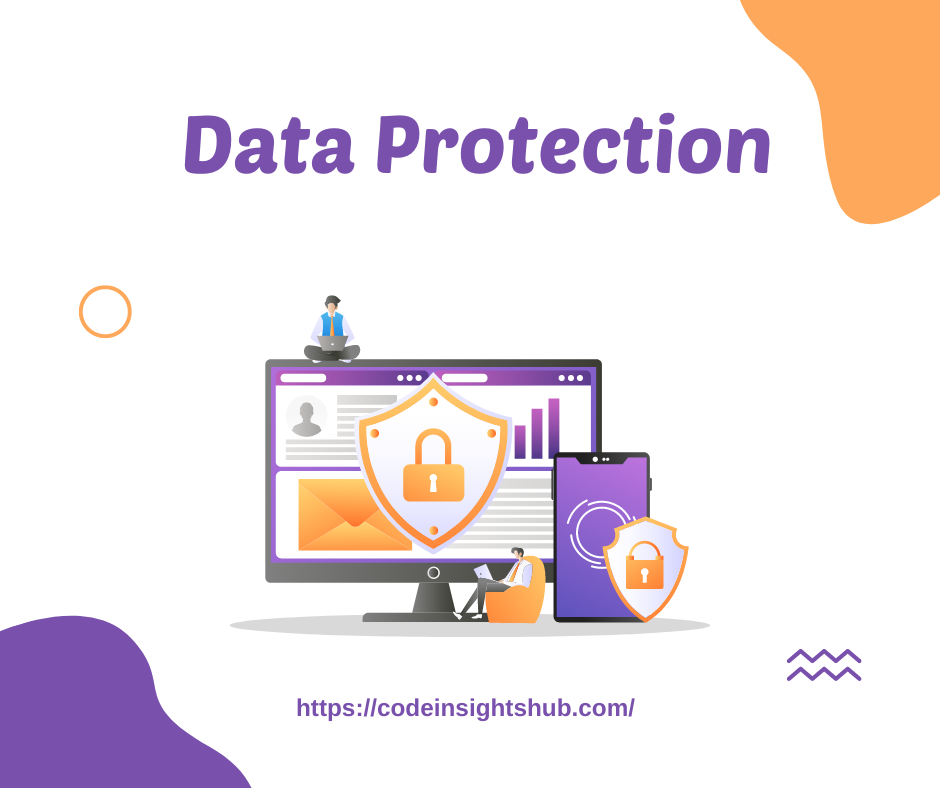In May 2024, a significant data breach emerged from malicious channels on Telegram, exposing a staggering 2 billion rows of data. Among these, approximately 361 million unique email addresses were uncovered. This data, spread across 1,700 files, contains sensitive information such as email addresses, usernames, passwords, and sometimes website details.
Source of the Data
The exposed data primarily originates from combolists and info stealer malware. This breach places millions at risk of identity theft, phishing scams, and various other cybercrimes.

How to Check if Your Email Address is Compromised
To verify if your email address is compromised, you can use the popular online service “Have I Been Pwned?” (HIBP). HIBP is a free resource that allows users to search their email addresses in a database to see if they have been part of a data breach.
Here’s how to check if your email address is compromised:
- Visit the Have I Been Pwned? website.
- Enter your email address in the search bar.
- Click the “Pwned?” button.
- View the results to see if your email address has been compromised.
Staying Safe in the Digital Age
This breach serves as a stark reminder of the importance of online security and the steps individuals must take to protect themselves. Here are some additional tips to help you stay safe online:
- Use strong, unique passwords for all your online accounts.
- Avoid using the same password across multiple sites.
- Enable two-factor authentication (2FA) where possible.
- Keep your operating system, browser, and software up to date.
- Be cautious of clicking on links or downloading attachments from unknown sources.
Conclusion
The recent data breach involving Telegram channels has exposed a vast amount of sensitive information, putting millions at risk. By taking proactive steps to secure your online presence, you can mitigate the risks associated with such breaches. Regularly check your email addresses with services like Have I Been Pwned? and follow best practices for online security to protect your personal information.

